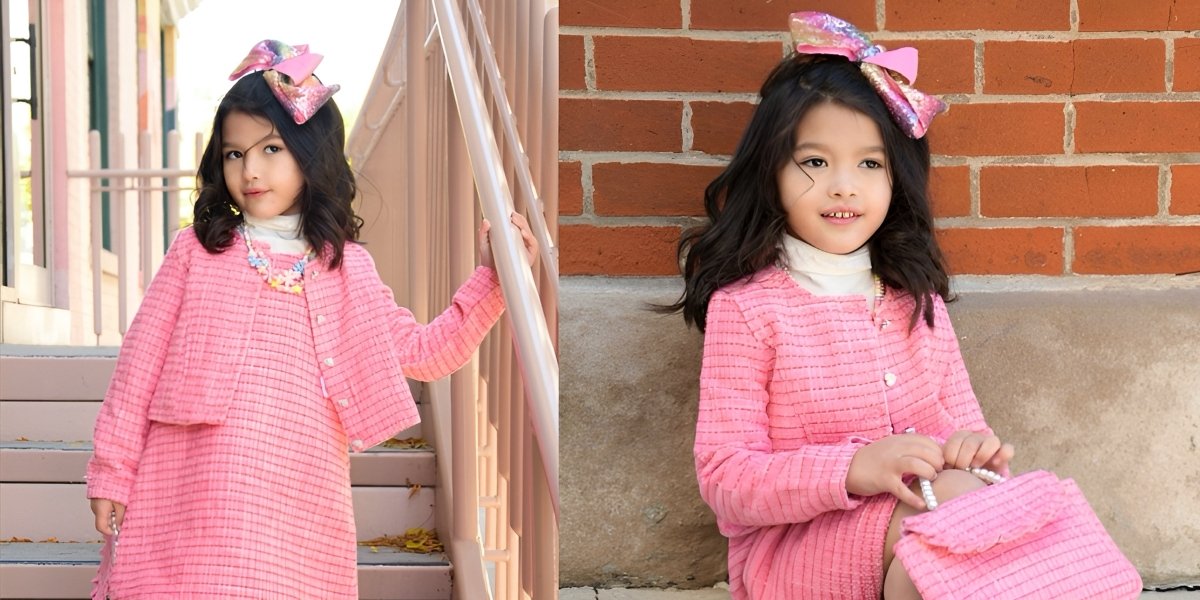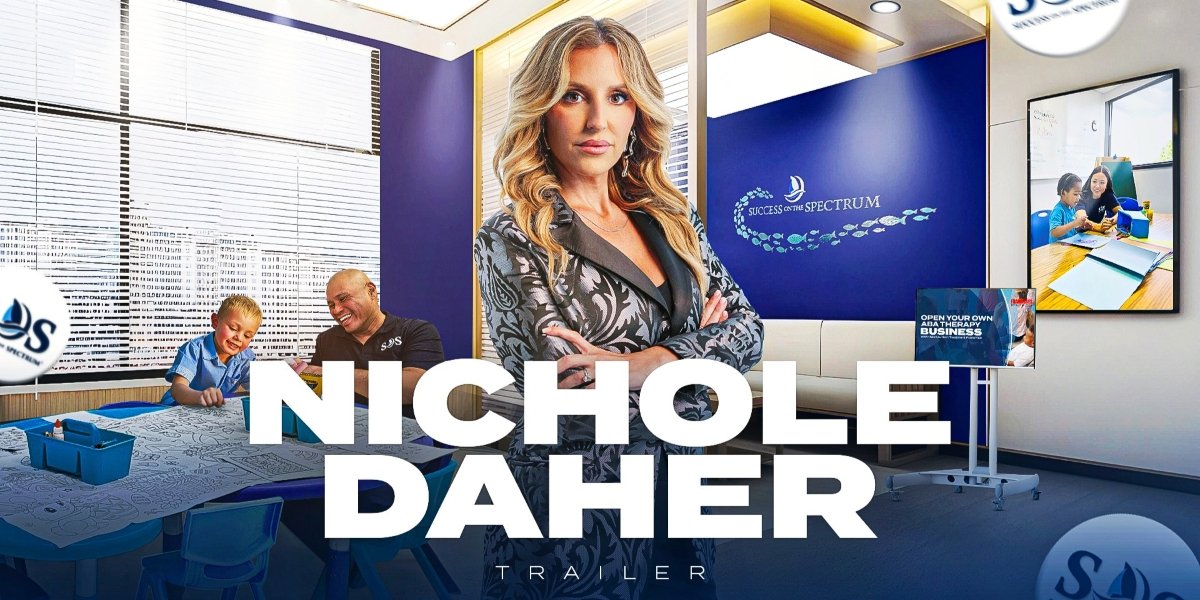Filmmakers must decide early whether to shoot in a real-world setting or use a studio with a green screen. A real location means filming at a place that actually exists, such as a street, a building or a natural landscape. A green screen is a solid coloured backdrop—often bright green—that allows post-production editing to replace the background. Each method has visible benefits and hidden challenges. Understanding these can ease concerns about production quality and audience experience.
For many productions, choosing a real location brings an element of authenticity. Shooting on-site allows natural lighting, real textures, ambient sounds and organic interaction between actors and the environment. According to production guides, a site may offer camera angles and atmospheric details that are difficult to replicate in a studio setting. On the other hand, green screen work provides tight control over environment, lighting and schedule. That control can reduce some risks but also introduce others.
Viewers may worry that using green screens or artificial settings reduces realism. The reassurance is that either method can work well if matched to project needs and executed carefully. The key is alignment between story, budget and technical capability. With thoughtful planning, filmmakers can match method to message and deliver a comfortable viewing experience rather than a visible compromise.
Authentic Settings: The Appeal of Shooting On Location
Filming on location places the cast and crew in a setting that already exists, often contributing depth and realism to scenes. Scenes filmed outdoors or in real buildings benefit from environmental elements—weather, natural light, background details—that add texture to the image. Location guides note that real settings can offer authenticity that helps actors engage more fully with their characters and scenes.
Examples may include a street scene filmed in a historic neighbourhood, or a mountain lake used for an emotional moment. The visual complexity of real places—walls, foliage, ambient noise—makes background sets less likely to feel flat. That can improve immersion for the audience. In addition, location shoots sometimes reduce the need for building elaborate props or sets, since the setting already exists.
That said, location filming brings logistical demands. Travel, permits, weather, and external noise all become factors. If a storm delays shooting or a city restricts filming hours, the schedule may stretch. Filmmakers need to build flexibility into their planning. Still, many teams find that the benefits of real places outweigh these considerations when immersive realism is the goal.
Control and Flexibility: The Case for Green Screens
A green screen, formally known as a chroma key background, allows the filmmakers to shoot in a studio and later replace the green area with any background image or footage. This technique offers very high control: lighting can be consistent, sound managed carefully, and weather becomes non-factor. Production teams often prefer this when the setting must be created virtually or when logistics make location work difficult.
Because the backdrop can be swapped in post-production, green screen work allows scenes that may be impossible, expensive or unsafe to shoot on location. For instance, a scene set on a fantasy planet or in extreme weather can be filmed indoors. That gives creative freedom. At the same time, that freedom requires strong technical skill: matching lighting, perspective and interaction between actors and virtual backgrounds is delicate work. Mistakes can disrupt immersion.
For viewers, the use of green screen need not reduce enjoyment. When executed well, the audience sees a seamless environment and focuses on the story rather than the setting. The reassurance is that studios have refined these techniques over decades, and many films that rely heavily on green screen still deliver satisfying visuals. The choice comes down to matching the method to the story and budget wisely.
Budget, Timeline and Production Logistics
The decision between on-location and green screen is often guided by budget and timeline constraints. Location shoots may involve travel, lodging, transportation of equipment, location fees and coordination with local authorities. The accumulation of such costs can exceed studio-based expenses. Production blogs highlight that using a green screen can reduce these variables and simplify scheduling.
However, a high-quality green screen shoot requires skilled post-production work. Matching lighting, managing motion blur, and integrating virtual backgrounds all add cost and time. Some production teams find that when much of a film is built in post-production, the time savings of location work vanish. On the flip side, location work may encounter weather or permit delays that stretch the budget and schedule unexpectedly.
The balance for filmmakers is to assess what the story demands. If a setting is central to a scene’s meaning, a real location might justify the cost and effort. If the setting is imaginative or highly controlled, green screen might serve better. Producers who plan carefully tend to avoid regretting the choice. The key is alignment between creative intent, logistics and resources.
Visual Impact and Audience Engagement
When a film places characters in a tangible, recognizable setting, the audience may feel a stronger connection to the story. Real locations can carry mood, history and texture that speak more rapidly than dialogue alone. That kind of immediate visual context helps viewers orient themselves and may reduce cognitive load—the mental effort required to interpret scenes. For example, seeing actors walking down a busy city street provides context instantly.
Green screen work, when successful, can craft worlds that real locations cannot support. That opens doors for fantasy, science fiction, period pieces or impossible stunts. But the risk is that if the technical execution is weak, the viewer’s attention may shift to the artificiality of the scene. That distracts from the narrative. Hence, studios emphasise quality in lighting, perspective, and post-work to maintain immersion.
From a viewer standpoint, whether a scene was shot on location or on a green screen matters less than whether the scene feels real and coherent. When actors interact plausibly, shadows match, and the environment responds to characters, the source method becomes invisible. The reassurance is that filmmakers use whichever method helps maintain audience comfort and story clarity, not simply because it’s easier.
Combining Both Methods: The Hybrid Approach
Many productions today combine on-location shoots with green screen segments. A film might shoot lead actors in natural settings and use green screen for background extensions or stunts. That hybrid model takes advantage of authenticity where it counts and control where it is critical. Production blogs advise that blending methods often offers the best trade-off between realism and flexibility.
Planning for a hybrid approach means mapping out which scenes benefit most from real setting and which from studio work. For example, dialogue scenes with emotional weight might use a real location, while a large-scale battle scene uses green screen. This division helps manage budgets while maintaining visual impact. It also helps crews anticipate workflow: location shoot shadows, lighting changes and permits; studio shoot stable lighting and controlled environment.
For viewers comfortable with the idea that scenery can be partly constructed, the hybrid method offers rich results. If executed well, the audience rarely distinguishes real from constructed backgrounds. The focus stays on the characters and story rather than on noticing “that’s a green screen.”










